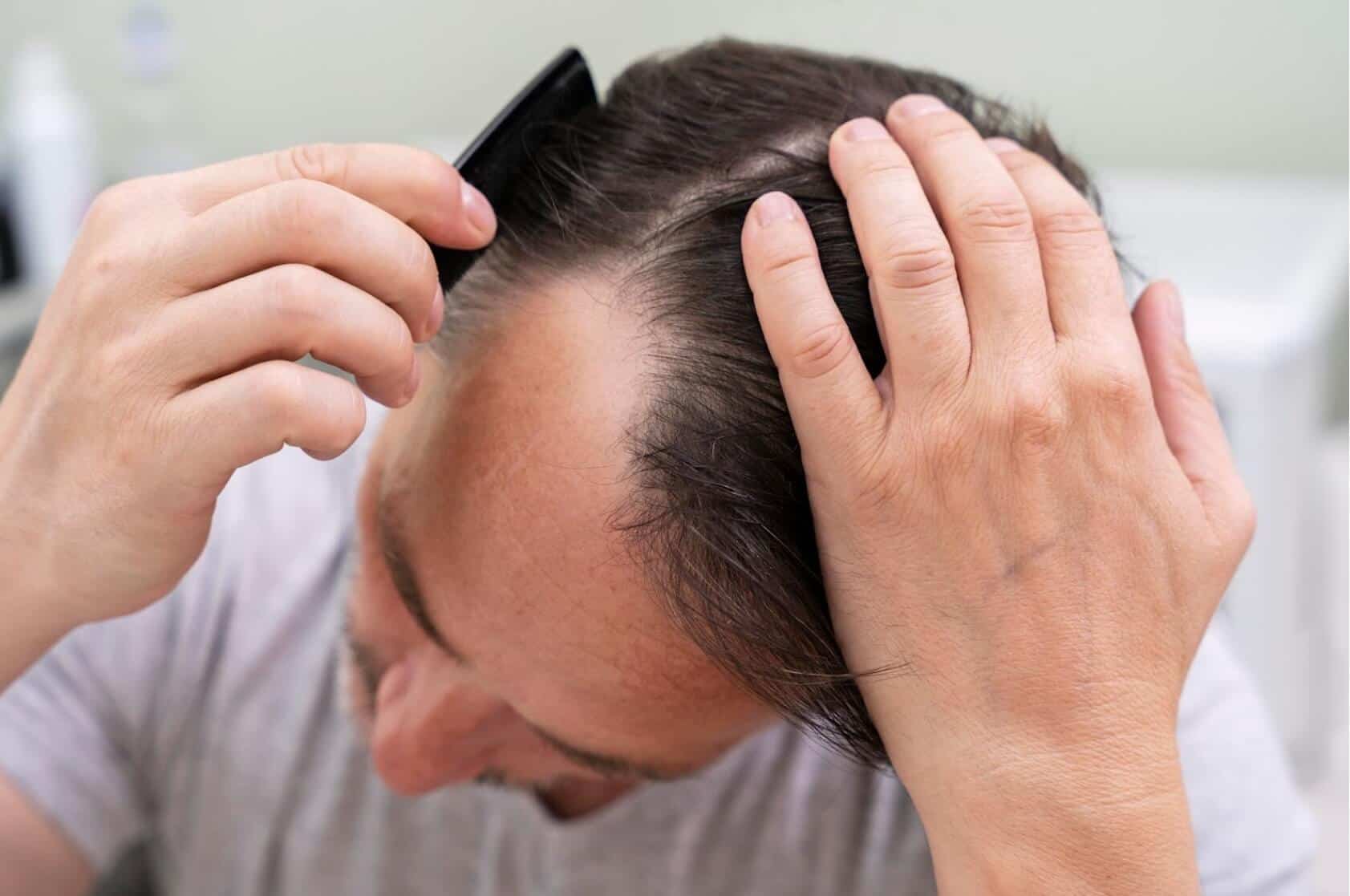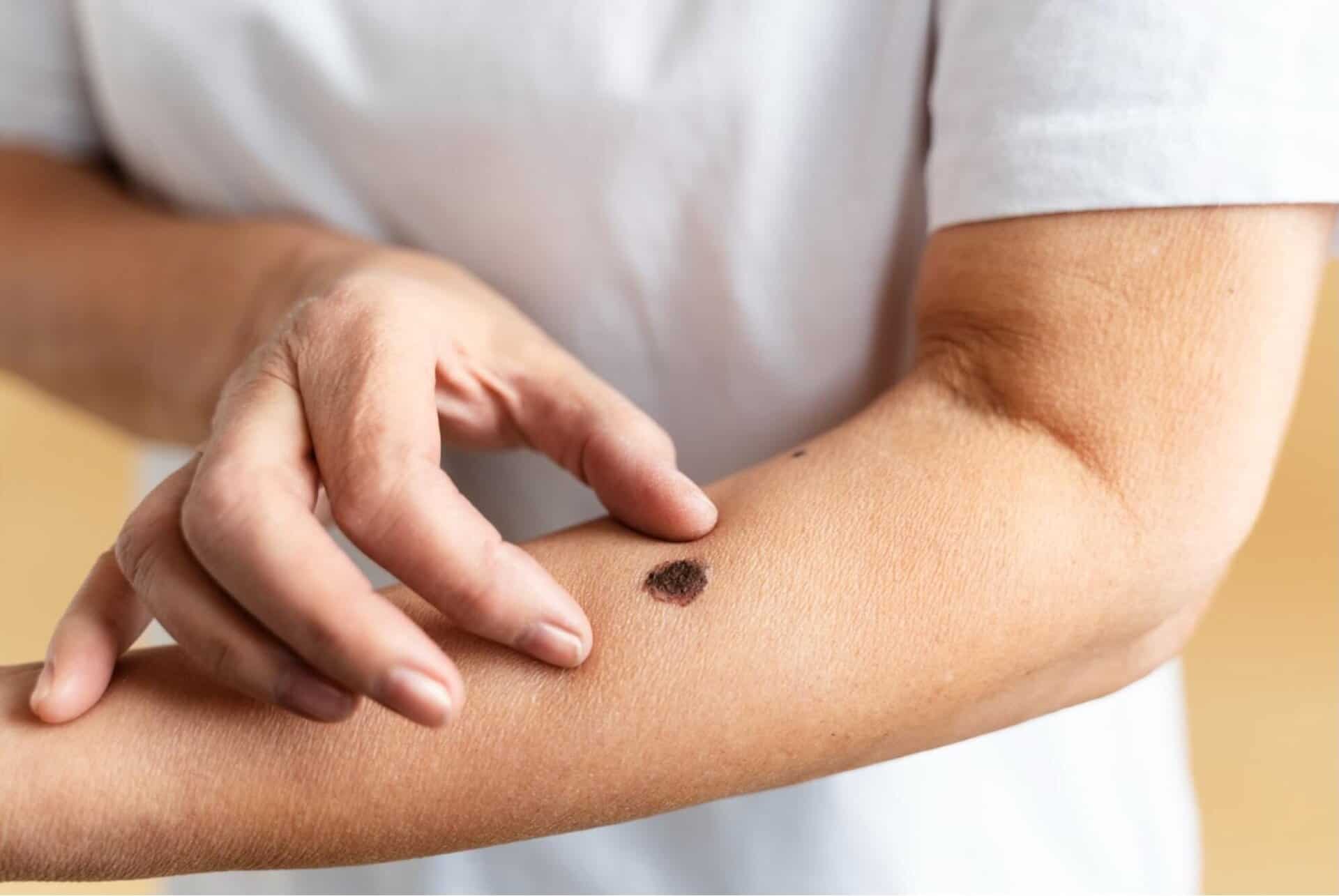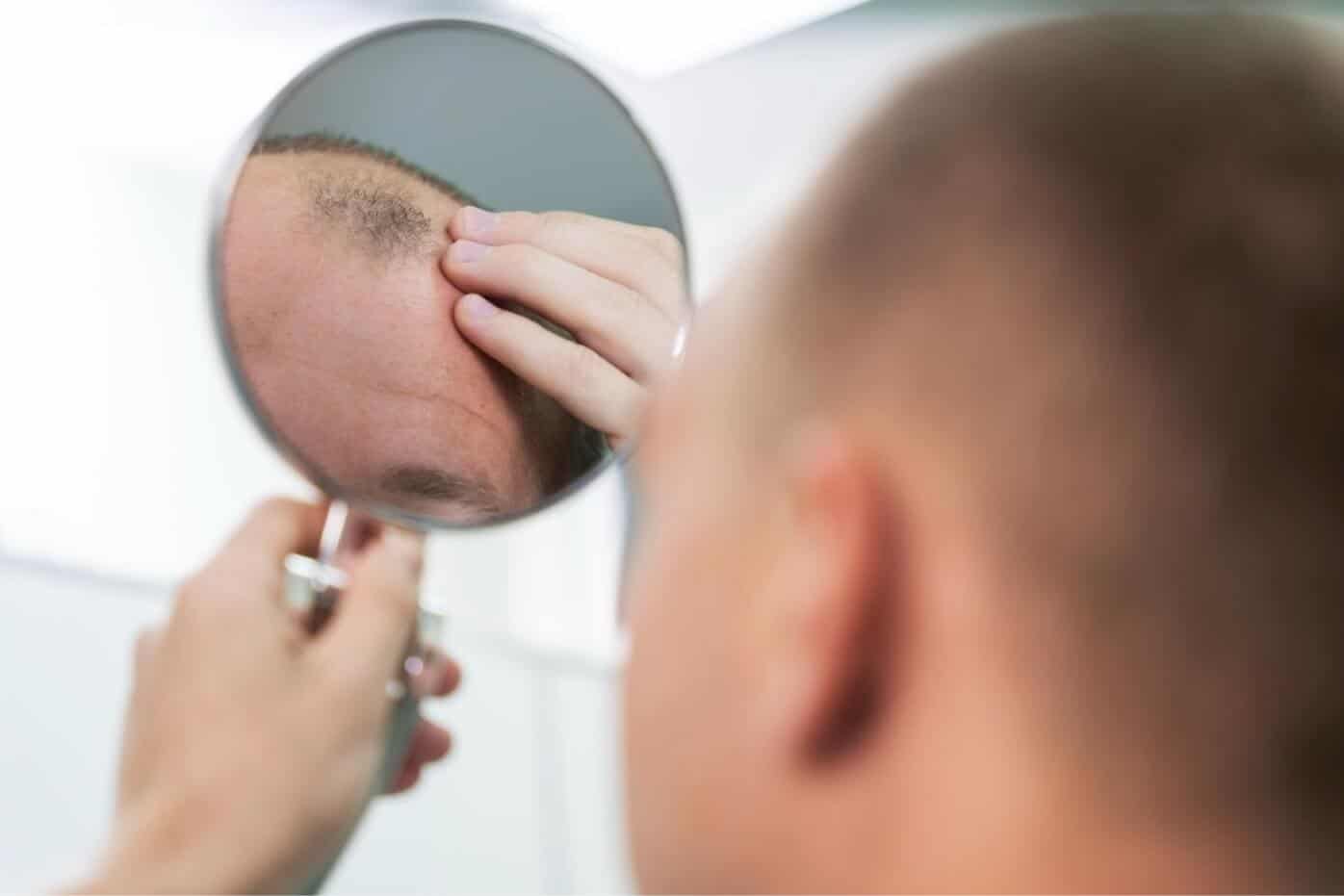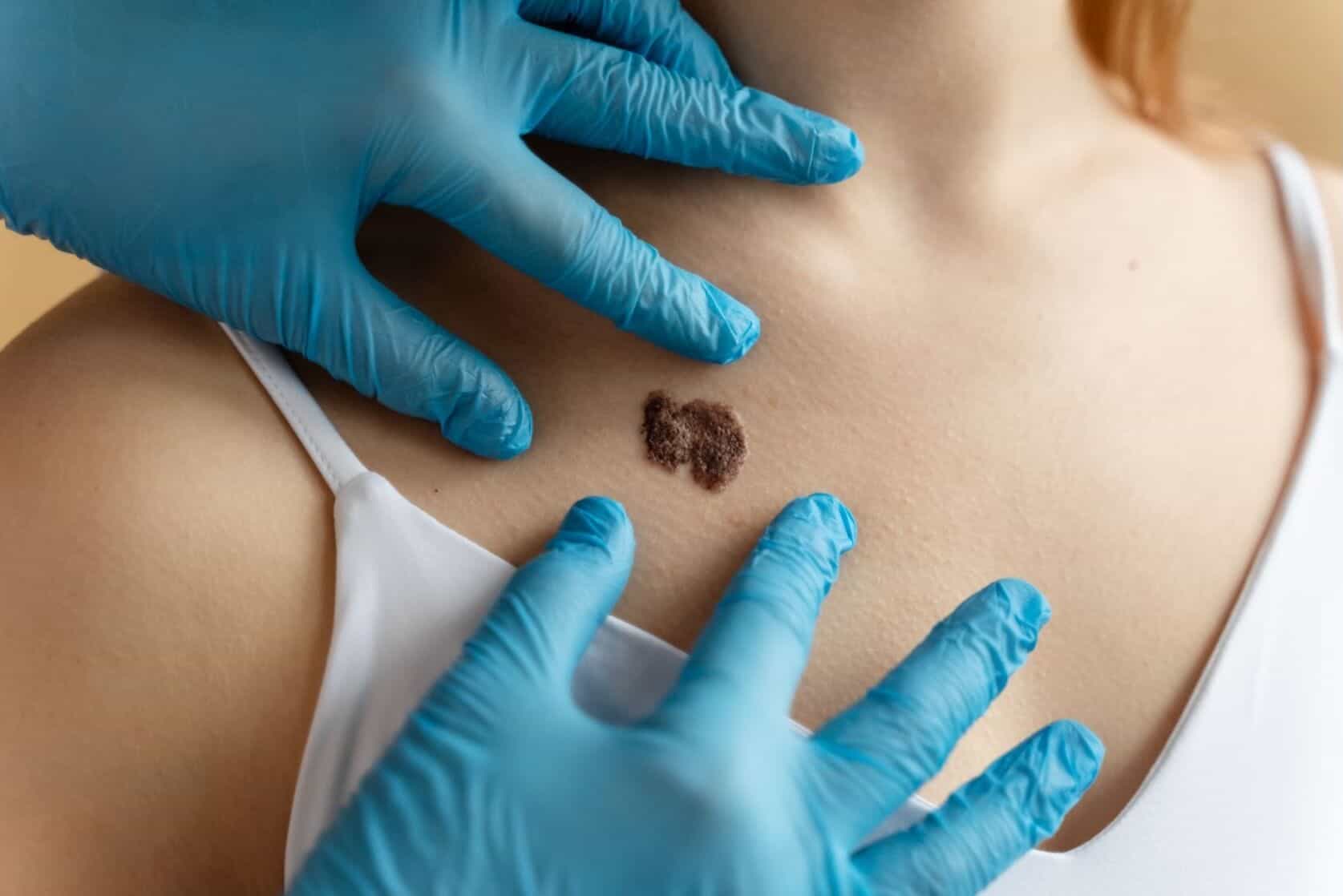- Dr Sharon Crichlow
- Reading Time: 10 Mins
Finding a cyst on your body can trigger worry and questions. Is it serious? Will it disappear naturally? Cysts are common fluid-filled sacs that appear in various body locations, and while some resolve without intervention, others require treatment.
This guide explores which cysts might disappear on their own, when to seek medical attention, and management options for different types.
Key Takeaways
- Cyst resolution varies by type; ovarian and ganglion cysts often disappear naturally, while epidermoid cysts typically require treatment.
- Size, location, and your overall health significantly impact a cyst’s likelihood of spontaneous resolution.
- Seek medical attention if a cyst becomes painful, grows rapidly, shows signs of infection, or persists beyond its typical resolution timeframe
Table of Contents
Common Cyst Types and Their Natural Resolution Patterns
Cysts come in many varieties, each with distinct characteristics and resolution patterns. Research shows that some types have surprisingly high rates of spontaneous disappearance.
Recognising your specific cyst type helps determine the likelihood of natural resolution.
| Cyst Type | Common Locations | Spontaneous Resolution Rate | Timeframe |
|---|---|---|---|
| Epidermoid (Sebaceous) | Face, neck, torso, back | Variable, lower than other types | Months to years |
| Follicular ovarian | Ovaries | 70-80% | 2-3 menstrual cycles |
| Ganglion | Wrists, hands, feet | 62.6% overall (52-81% depending on location) | 1-2 years |
| Breast cysts | Breast tissue | Over 50% in first year, 88% by 5 years | 1-5 years |
| Congenital ovarian (in newborns) | Ovaries | 62% | By ~124 days post-birth |
| Pilar (trichilemmal) | Scalp | Lower rate than other types | Variable |
| Milia | Face, especially around eyes | High, particularly in infants | Weeks to months |
| Lumbar synovial | Spine | Documented cases, but relatively rare | Months |
| Bone cysts (jaw) | Jawbone | Partial or complete resolution possible | Years |
| Arachnoid cysts | Brain | Occasionally resolves | Variable |
Several factors influence whether a cyst will resolve naturally. Smaller cysts generally have better chances of spontaneous resolution. Your age, hormonal status, and overall health also play significant roles in determining resolution likelihood.
Epidermoid Cysts
These are the most common skin cysts, appearing as round lumps just beneath the skin, typically on the face, neck, and torso.
Epidermoid cysts grow slowly and rarely disappear completely without treatment. While they can occasionally drain on their own, the cyst wall usually remains, which means they may recur.
Follicular Ovarian Cysts
These reproductive cysts have an impressive natural resolution rate. According to a review on StatPearls, approximately 70-80% of simple follicular ovarian cysts resolve spontaneously without any treatment.
They typically disappear within 2-3 menstrual cycles, making them one of the cyst types with the highest rates of natural resolution.
Ganglion Cysts
Commonly appearing on wrists and hands, ganglion cysts have variable resolution rates.
A recent study of pediatric patients found that 62.6% of ganglion cysts resolved spontaneously. The resolution rates ranged from 52% for volar wrist ganglia to an impressive 81% for tendon sheath cysts.
Breast Cysts
Good news for those with breast cysts. Research indicates that over 50% regress within a year, and up to 88% resolve within five years without intervention.
Regular monitoring is typically recommended for uncomplicated breast cysts, especially in premenopausal women.
Warning Signs That Require Medical Attention
While waiting for natural resolution might be appropriate for some cysts, certain symptoms indicate you should seek professional evaluation promptly.
Consider seeking medical advice if your cyst:
- Grows rapidly or changes appearance
- Becomes painful, red, or warm to touch
- Ruptures or leaks fluid
- Interferes with daily activities
- Is located in a sensitive area (near eyes, genitals)
- Persists longer than expected for its type
Pain characteristics are particularly important indicators. Mild discomfort might be normal, but severe, persistent, or increasing pain suggests complications like infection or pressure on surrounding structures.
For women with ovarian cysts, additional warning signs include irregular bleeding, pelvic pain during intercourse, or unusual fullness after minimal eating. These symptoms warrant prompt medical evaluation.
Some cyst types carry higher risks than others. Epidermoid cysts rarely become dangerous but can become infected. Pancreatic cysts, while often benign, require monitoring due to potential malignancy risks.
Your Cyst Assessment Guide
Determining whether your cyst requires medical attention involves considering several key factors. This decision tree can help guide your next steps.

When monitoring a cyst, document any changes systematically. Take photos against a ruler for size reference, note any pain levels, and record if the cyst interferes with daily activities.
Keep a simple tracking log with dates and observations. This information provides valuable context for healthcare professionals if you eventually seek treatment.
Professional Treatment Options
When a cyst doesn’t resolve naturally or causes troubling symptoms, professional treatment may be necessary. At Aventus Clinic, we offer specialised cyst removal treatments tailored to your specific situation.
Treatment options typically include:
Surgical excision remains the gold standard for complete cyst removal. This minor procedure involves removing both the cyst and its wall to prevent recurrence.
For certain cyst types, drainage might be an option, though recurrence is more common without removing the cyst wall.
Some superficial cysts, like milia, may respond to topical treatments or careful extraction techniques.
Lifestyle Adjustments and Prevention Strategies
Though many cysts form due to factors beyond your control, certain lifestyle modifications may reduce recurrence risk and support overall skin health.
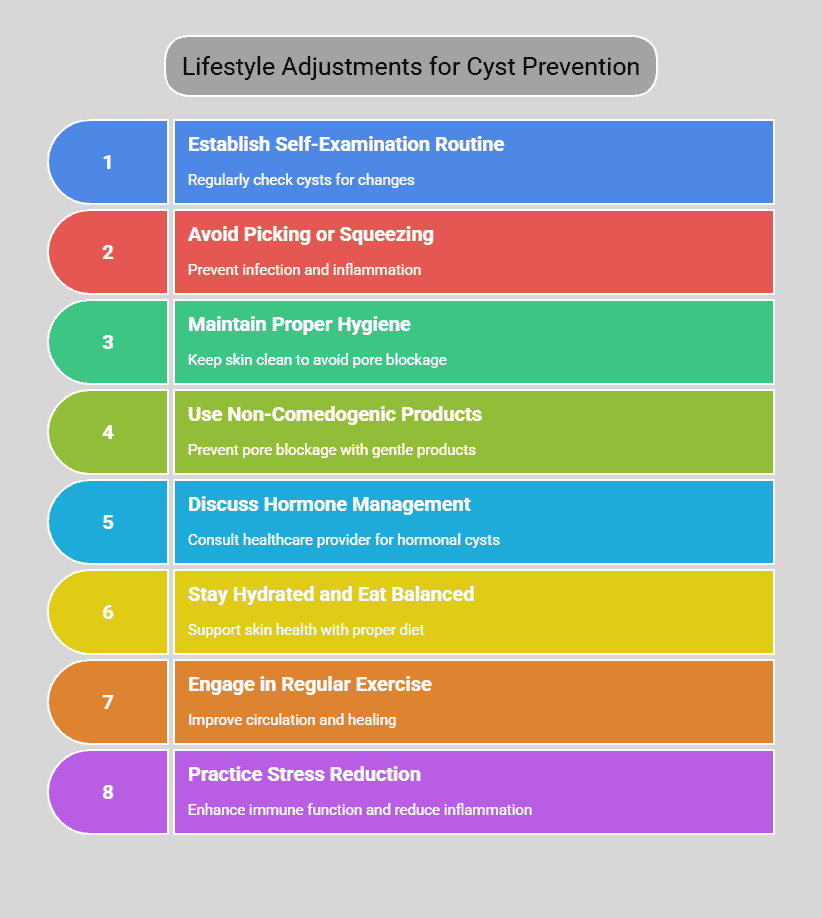
Conclusion
Many cysts can indeed resolve on their own, particularly certain types like ovarian follicular cysts and ganglion cysts. However, proper assessment is crucial to determine whether waiting is appropriate for your specific situation. When in doubt, professional evaluation is always the safest approach.
For personalised advice, book a free online assessment with our experts at Aventus Clinic today. Our specialists will help determine whether your cyst might resolve naturally or if treatment would be beneficial.





